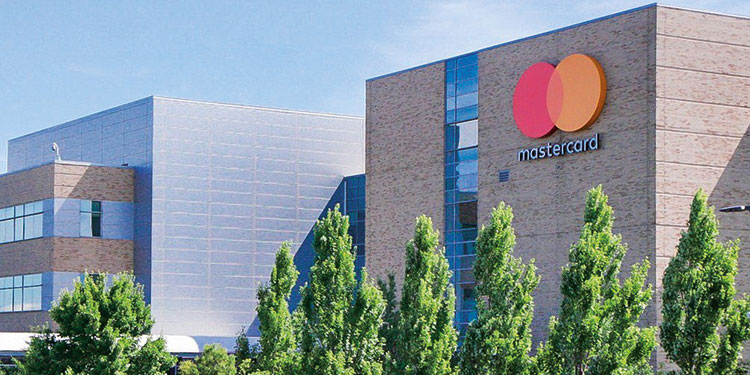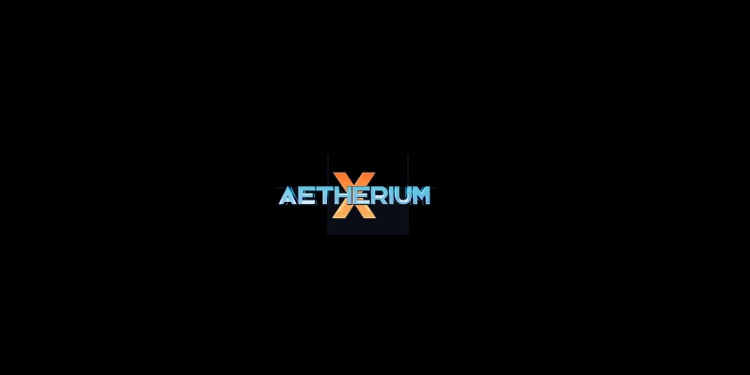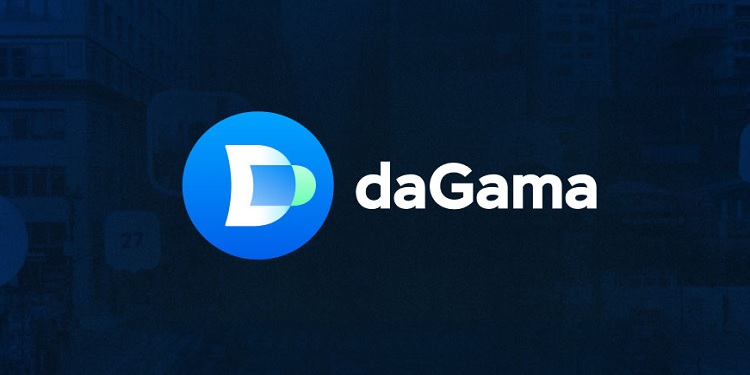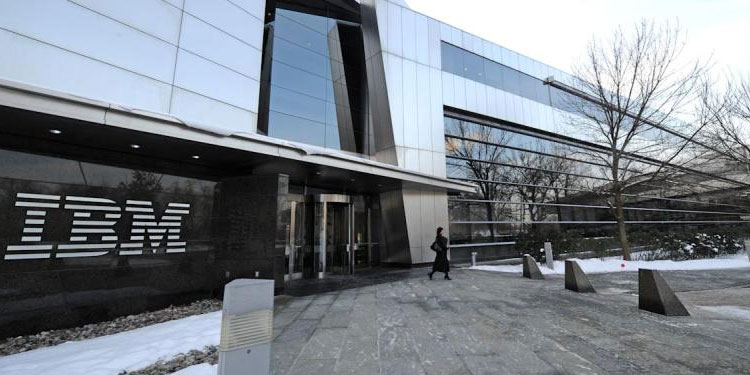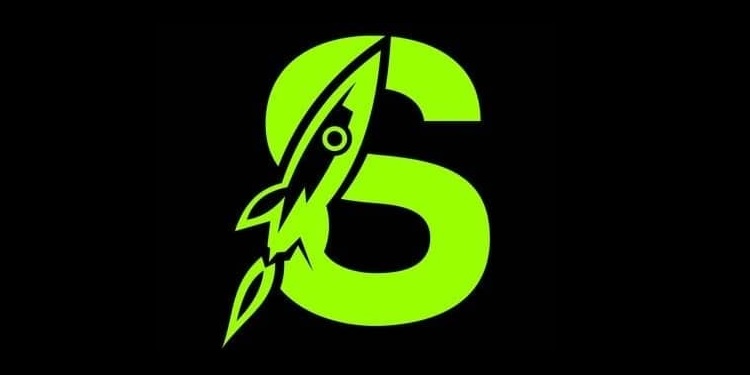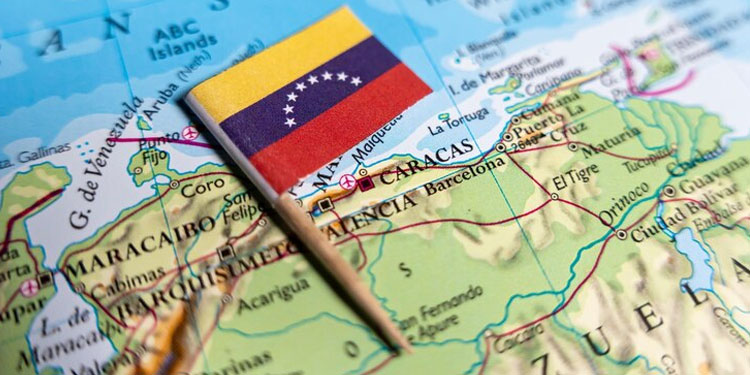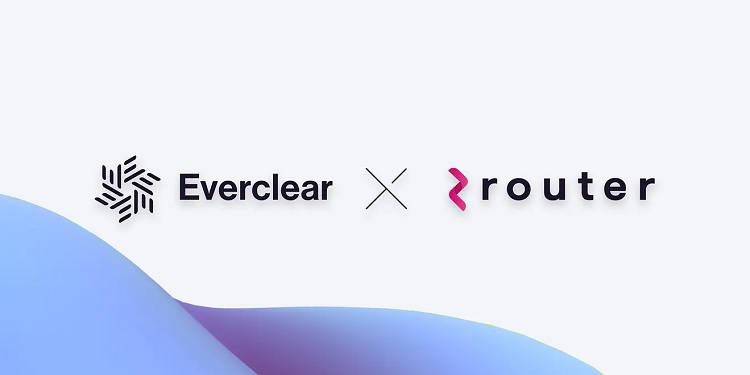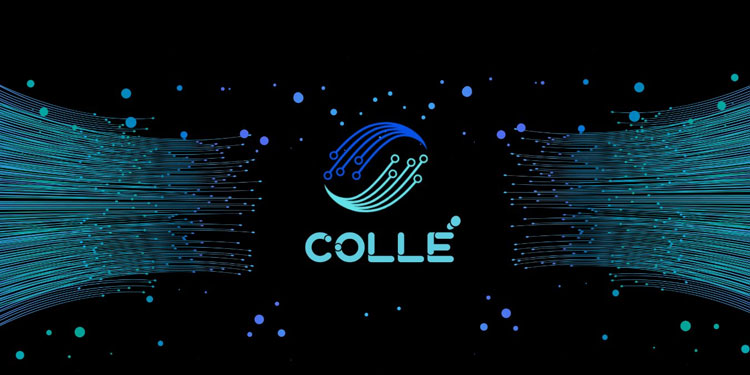Mastercard has taken a major leap in embracing stablecoin technology, positioning itself at the forefront of integrating cryptocurrencies into traditional financial systems. Through strategic partnerships with major players such as OKX, Circle, Nuvei, and Paxos, the company has begun laying the foundation for a seamless infrastructure that allows consumers to use stablecoins for payments across its global merchant network.
Announced on April 28, 2025, the initiative centers around a comprehensive stablecoin ecosystem designed to handle every aspect of digital asset payments. This includes wallet integration, card issuance, merchant settlement, and cross-border remittances, representing a full-circle approach to transforming how digital currencies are used in everyday transactions.
OKX Card and Web3 Connectivity
A key element of this initiative is the OKX Card, which forms part of Mastercard’s collaboration with the cryptocurrency exchange OKX. The card serves as a direct bridge between OKX’s Web3 and trading infrastructure and Mastercard’s vast global merchant network. Through this integration, users can spend stablecoin balances stored in their digital wallets at over 150 million merchant locations worldwide.
Alongside OKX, Mastercard’s work with Circle and Nuvei further expands the reach of stablecoins in commerce. Merchants will now have the ability to accept settlements in stablecoins such as USDC, regardless of the customer’s chosen payment method. This model offers new financial flexibility and reduces dependence on conventional banking systems.
Support for widely used crypto platforms such as MetaMask, Gemini, Binance, Kraken, and Crypto.com has also been built into the framework. This allows users to manage rewards, make purchases, and conduct transactions using stablecoins via traditional-looking payment cards, bringing crypto even closer to conventional user experiences.
Easing Crypto-Fiat Conversions and Security
An important barrier in the crypto space—direct withdrawal of stablecoins to bank accounts—is also being addressed. Users will now be able to move funds from stablecoin wallets into fiat accounts with greater ease, bridging a long-standing divide between blockchain assets and legacy finance.
Executives involved in the project have expressed confidence that this move creates a simple, secure pathway for consumers to interact with Web3 services, while retaining full control over their assets. They highlighted the need for users to remain self-custodial, while still enjoying easy access to the decentralized economy.
Mastercard has also rolled out a new system for cross-border payments that simplifies the process. Rather than relying on lengthy wallet addresses, users on platforms like Mercado Bitcoin and Coin.ph will now be able to send and receive digital assets using short, verified usernames—making transactions both safer and easier to manage.
Multi-Token Network and Institutional Support
Further supporting the ecosystem is Mastercard’s Multi-Token Network (MTN), which links tokenized assets with traditional deposit accounts. This system provides institutions, such as Ondo Finance, access to tokenized real-world financial instruments. MTN is gaining traction among financial giants including JPMorgan Chase and Standard Chartered, and is seen as a pivotal tool for enabling real-time settlements across diverse currencies and markets.
Despite its progress, Mastercard’s journey to normalize stablecoin adoption is not without challenges. Some merchants remain hesitant due to fears around fraud, legal uncertainty, and the complexities of integrating new technologies into existing infrastructure.
Industry analysts have noted that for stablecoin payments to become widespread, the user experience must be not only superior but also significantly more intuitive than current alternatives. Consumers are generally resistant to change unless new systems provide clear, easy-to-use benefits.
Still, Mastercard’s assertive movement into the stablecoin landscape signals strong confidence in the technology’s future. By combining digital innovation with the familiarity of traditional finance, the company is not merely adapting to change—it is actively shaping the future of payments.

